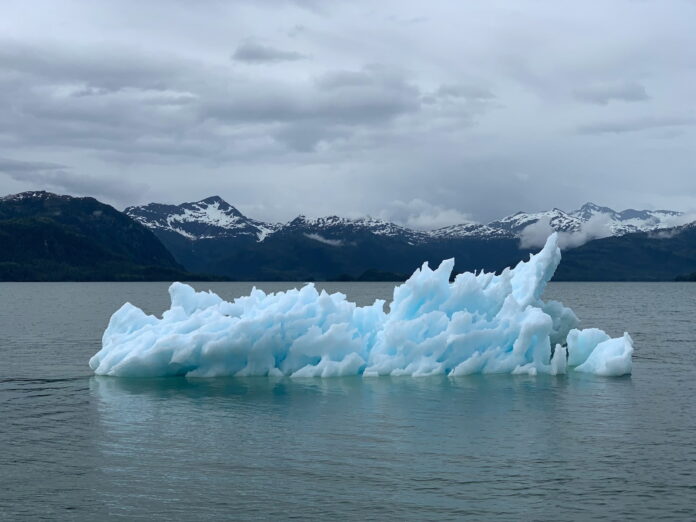Environmental law plays a pivotal role in shaping policies that influence the natural world and its preservation. As global awareness of environmental issues such as climate change, biodiversity loss, and habitat destruction increases, the importance of legal frameworks that can effectively address these challenges becomes more apparent.
Understanding the Scope of Environmental Law
Environmental law encompasses a broad range of regulations, statutes, and practices aimed at protecting the environment. This field of law addresses the interaction between humans and the natural environment, seeking to manage the impact of human activities. It covers areas such as air and water quality, waste management, soil protection, and the conservation of ecosystems and biodiversity. The primary goal is to mitigate environmental problems by setting standards and enforcing regulations that both prevent harm and promote sustainability.
The effectiveness of environmental law often hinges on its ability to adapt to new scientific findings and societal values. As such, it is not static; laws frequently evolve to incorporate more comprehensive environmental protection measures. This dynamic nature ensures that environmental law can respond to emerging challenges such as the need for new conservation techniques or addressing the environmental impacts of new technologies.
Furthermore, environmental law operates at multiple levels, including local, national, and international. This multi-tiered approach allows for tailored solutions that address specific environmental issues relevant to different geographic areas while also providing a framework for global cooperation. For instance, international agreements play a crucial role in tackling issues that cross national borders, such as climate change and endangered species protection.
Key Legal Frameworks in Nature Conservation
One of the cornerstone elements of environmental law is the establishment of protected areas such as national parks and wildlife reserves. These areas are crucial for preserving natural habitats and providing refuge for plant and animal species. Legal frameworks support these efforts by restricting certain activities within these zones, such as commercial development, logging, and mining, thereby preserving the ecological balance and natural heritage.
In addition to protected areas, legal instruments such as the Endangered Species Act provide mechanisms for the protection of species that are at risk of extinction. These laws not only prohibit the harm or trade of endangered species but also mandate the creation of recovery plans that help restore and enhance the populations of these species. The enforcement of these laws involves monitoring and penalties, which help deter violations and encourage compliance with conservation goals.
Moreover, environmental impact assessments (EIAs) have become a fundamental part of project planning and decision-making processes. EIAs require developers to evaluate and disclose the potential environmental impacts of their projects before they commence. This ensures that decision-makers consider environmental consequences and seek ways to mitigate negative impacts, thereby integrating environmental considerations into economic and development planning.
The Impact of Policy Development on Biodiversity
Policy development plays a critical role in biodiversity conservation, influencing how habitats and species are managed and protected. Effective policies can lead to significant positive outcomes for biodiversity, including the restoration of ecosystems and the reversal of species decline. Conversely, inadequate policies can exacerbate threats to biodiversity, such as habitat fragmentation and pollution, leading to further losses.
Strategic policy initiatives, such as biodiversity action plans and green infrastructure developments, are examples of how policies can directly contribute to the conservation of biodiversity. These plans often involve comprehensive strategies that include the protection of key habitats, restoration of degraded areas, and the integration of biodiversity considerations into broader land-use planning and development policies.
Finally, the role of public participation and stakeholder engagement in policy development cannot be overstressed. By involving communities, businesses, and environmental groups in the creation of environmental policies, governments can ensure that these policies are not only robust but also equitable. This inclusive approach helps to balance different interests and builds broader support for conservation initiatives, which is essential for their long-term success and effectiveness.
Environmental law is a vital tool for nature conservation and policy development. By understanding its scope, implementing key legal frameworks, and developing impactful policies, societies can better manage and protect their natural environments. This, in turn, ensures the preservation of biodiversity, which is crucial for maintaining the health and stability of ecosystems worldwide.
